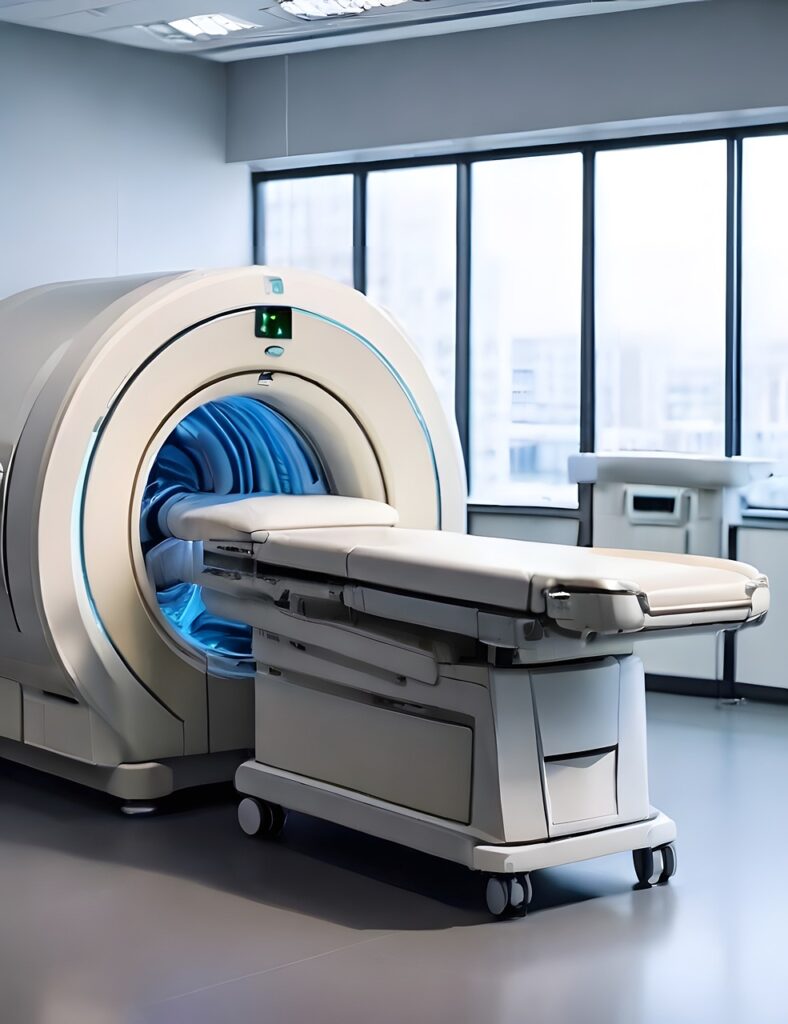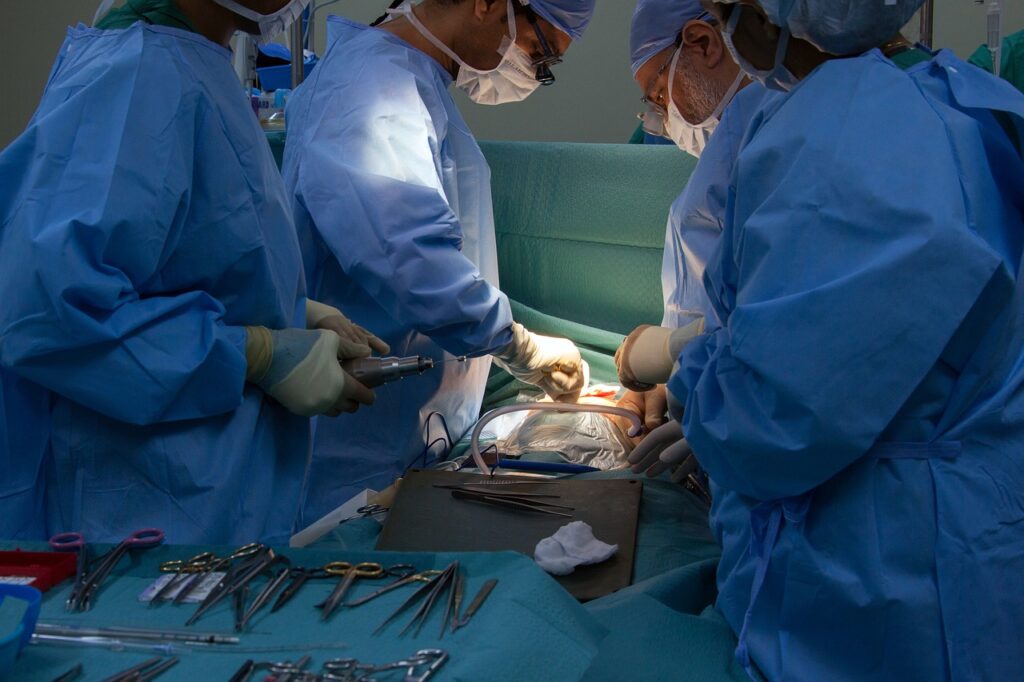Suspicion of endometriosis can be made in several ways, and the correct diagnosis is made by the histopathological examination. The histopathological examination is performed on the endometriosis lesions excised during the surgical intervention, and sent to a pathological anatomy laboratory.
The menstrual character of the disease is an important factor as a result of which endometriosis can be suspected, when there are symptoms. Therefore, the suspicion of endometriosis can be given by the patient’s symptoms, which appear or worsen during menstruation, most of the time. There are also cases when the symptoms are constant.
The diagnosis of endometriosis can be obtained:
- following the anamnesis and gynecological examination (suspicion);
- following imaging examinations such as ultrasound and MRI for endometriosis;
- following laparoscopy and pathological examination;

History and gynecological examination
Patient history and bimanual examination can aid in diagnosis. Symptoms can help guide clinical and imaging investigations. Clinical signs may be absent or may include a fixed and tender uterus, visible cervical lesions, nodules in the posterior vaginal fornix, thickened uterosacral ligaments/nodularity, nodules in the rectovaginal septum, and the fundus of the pouch of Douglas. History and results of gynecological examination may suggest the benefit of imaging investigations before surgery.
Scans and MRI
Initial imaging investigations for endometriosis are abdominal ultrasound, and transvaginal MRI is an investigation that can diagnose infiltrative endometriosis. But to get a clearer picture and a correct diagnosis, the MRI for endometriosis should be done with intravaginal and intrarectal gel instillation.
It should be noted that not all forms of endometriosis are visible on imaging, and that the lack of clinical signs does not exclude the diagnosis of endometriosis. It is also important that both the ultrasound/gynecological consultation and the MRI are performed by people experienced in endometriosis.


Laparoscopy and histopathological examination
Laparoscopic surgery is the most accurate method of diagnosing endometriosis, but it is very important that the surgeon is familiar with all possible forms of endometriosis, from subtle to severe form and visual appearance. Laparoscopy, called the gold standard method, is still the diagnostic method that can accurately diagnose all forms of endometriosis. Correct diagnosis, however, depends on the surgeon’s ability to recognize all types/colors of endometriosis and where it can be found. After surgery, the excised lesions are sent to a pathological anatomy laboratory for macroscopic and microscopic examination.
